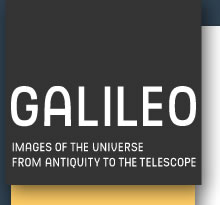


Of all the heavenly bodies transformed through the telescope, the Moon produced the greatest sensation. Following Galileo's pioneering exploration of our planet's satellite and the publication of etchings reproducing the drawings he made in the wake of that exploration, providing an accurate depiction of the Moon's rugged surface was a challenge to which Europe's leading astronomers rose for many decades thereafter. They cooperated with famous artists to achieve realistic and evocative effects. Selenography, introduced by Galileo, began to be seen as a new exact science thanks to the numerous scholars who gradually defined its statute. By the end of the 17th century, maps of the Moon weren't looking all that different from modern photographs of the Moon's face. As the shape and face of the Moon started to become more clearly defined, astronomers went to work on devising a standard nomenclature to facilitate the identification of the Moon's numerous geographical features. By the end of the 17th century the main features on the Moon's surface had acquired the names by which we still identify them today.